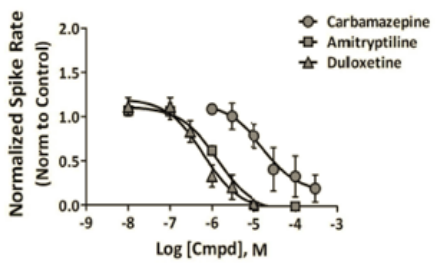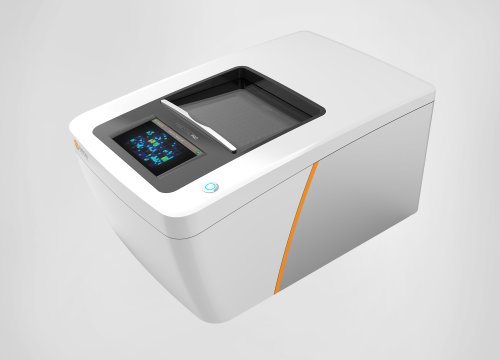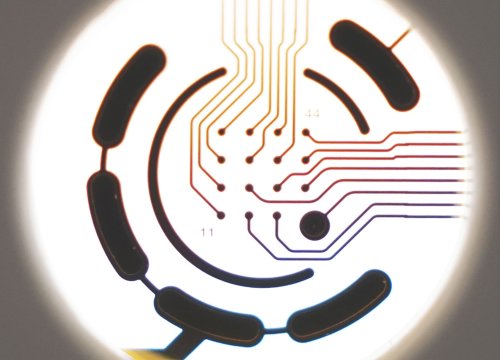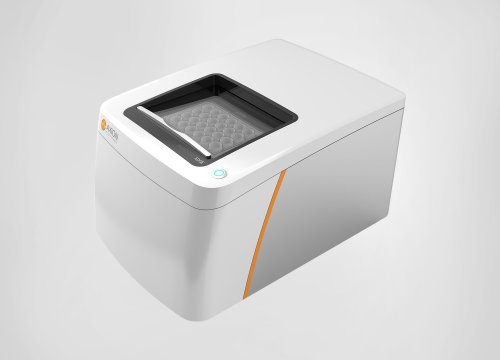Introduction
A dorsal root ganglion (DRG) is a cluster of nerve cell bodies in the posterior root of the spinal nerve. They have been identified as a potential in vitro model for pain. However, developing a predictive assay amenable to high throughput drug screening has proven challenging. Recently, scientists used primary rat DRGs to develop a robust phenotypic screening assay for pain using the Maestro™ multiwell microelectrode array (MEA).
DRG neuron spontaneous activity recorded using Maestro MEA platform
To begin, scientists confirmed that spontaneous electrical activity in DRG neurons could be recorded using the Maestro MEA system. Raw data (action potential spikes) are shown below, left. Careful evaluation of cell culture media conditions concluded that nerve growth factor (NGF) and physiological levels of sodium chloride (below, right), were critical to obtaining consistently active cultures. The researchers also evaluated assay temperature and found a statistically significant increase in activity at 42°C compared to 37°C.

Exploring the effects of density on cultured DRG activity
Once proper culture conditions were established, DRG density in culture was evaluated. The real-time activity heat map generated by AxIS software (below, left) shows greater well-wide DRG activity at higher density. Noninvasive MEA recordings also allowed researchers to track activity development over time by recording from the same population at different days in culture (DIV). Activity increased over time for all densities (right).

Evaluation of ion channel activity in cultured DRG
To understand how specific ion channels contribute to DRG activity in the MEA assay, the cells were treated with various test compounds. Sodium channel inhibitors were tested not only at different concentrations but also at different stages of culture maturation. Cultured DRG neurons showed complete activity inhibition with tetrodotoxin (left) and T-type calcium channel blocker mibefradil (right) but were affected to a lesser extent by N- and L-type calcium channel blockers (data not shown).

Validation of the in vitro pain assay
Lastly, the researchers validated the assay with three clinically validated drugs used to treat neuropathic pain. All were able to significantly reduce spontaneous DRG activity, which illustrates the utility of this phenotypic assay for future screening of pain analgesics.

Benefits of using Maestro MEA to study DRG
- Multiwell MEA allowed functional characterization of in vitro rat DRGs.
- The noninvasive nature of MEA enabled recording from the same culture over time, critical for assay optimization.
- Maestro MEA provides a flexible platform for all phases of drug discovery and development.
Reference
- Newberry, K. et al., “Development of a Spontaneously Active Dorsal Root Ganglia Assay using Multi-well Multielectrode Arrays,” J Neurophysiol (2016).



